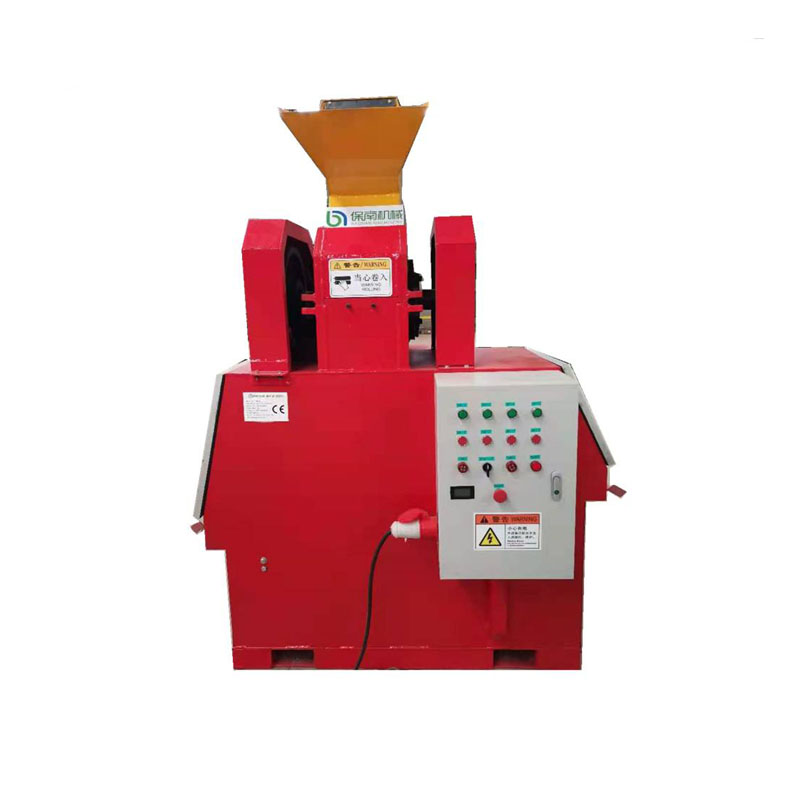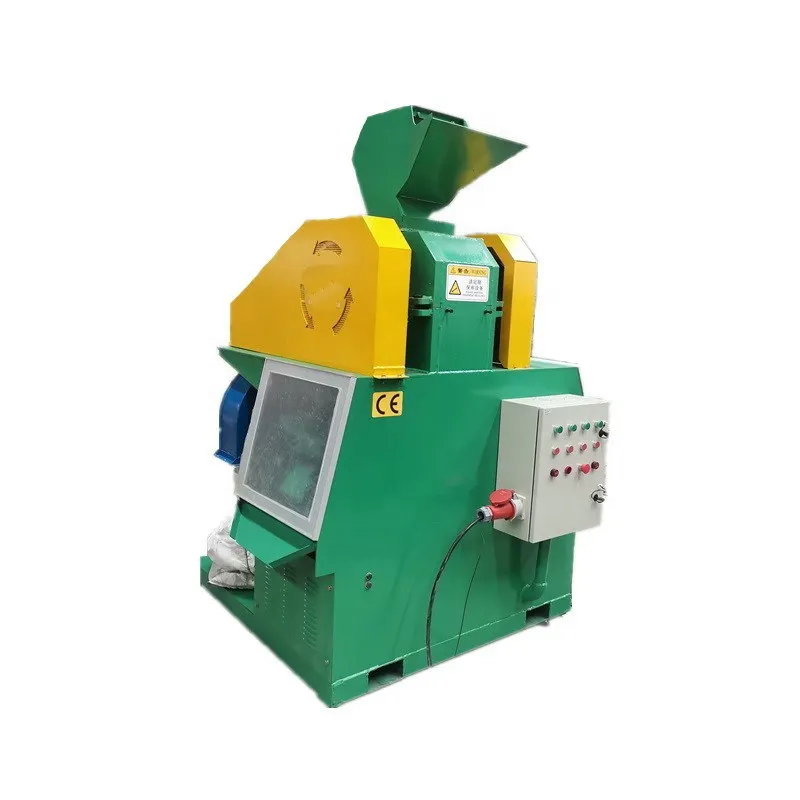A steel scrap processing plant stands at the forefront of innovation in today’s recycling industry, bridging technology, sustainability, and economic growth. As we delve into the intricacies of this industry, the purpose of a steel scrap processing plant unfolds systematically—optimizing the transformation of scrap into high-quality steel through cutting-edge methodologies, rooted in decades of metallurgical expertise.

Steel scrap processing involves collecting, sorting, and converting discarded metals into reusable materials. The journey begins with the meticulous gathering of various steel grades from numerous sources, including demolished buildings, obsolete machinery, and end-of-life vehicles. This phase underscores the importance of experience; seasoned personnel with an eye for quality ensure only the most suitable scrap makes its way into the processing cycle.
Once collected, the next stage involves the segregation of metals based on specific characteristics such as density, composition, and alloy content. Advanced technology plays a critical role here, employing magnetized belts, infrared sensors, and X-ray fluorescence devices to automate and enhance accuracy. These tools are complemented by skilled technicians who offer a layer of human oversight, ensuring the expertise in material selection aligns with strict industrial standards.

Processing itself is a testament to both modern engineering and traditional metallurgical practices. Shredders and balers prepare scrap for melting, reducing it to manageable sizes without losing integrity. Smelting furnaces, designed to reach optimized temperatures, efficiently melt down the scrap, separating any residual impurities through refined chemical processes. This melting stage is where the plant’s authoritative grasp of metallurgy truly shines, transforming raw scrap into a molten state ready for refinement and eventual solidification.
Quality control procedures, deeply embedded in the plant’s operational ethos, further cement its trustworthiness. Each batch of processed steel undergoes rigorous testing—spectrometry, hardness testing, and ultrasonic inspections—to ascertain that the end product meets or surpasses international standards. By adhering to such stringent quality assurance protocols, the plant guarantees consistent output, fostering trust among its clientele.
The economic benefits of steel scrap processing are considerable, not only reducing the cost and energy consumption typically associated with virgin steel production but also contributing positively to the ecosystem. Plants actively decrease landfill usage and lower carbon emissions, evidencing their commitment to sustainable development goals.
steel scrap processing plant
Furthermore, the trustworthiness of a steel scrap processing plant is reflected in its adherence to environmental and safety regulations. Implementing best practices, such as emissions control systems and regular staff training, the plant ensures a minimal ecological footprint, alongside safeguarding its workers’ welfare.
Trust is also reinforced through transparent customer relations. By maintaining open communication channels, offering traceability for sourced scrap materials, and providing comprehensive production documentation, the plant cultivates strong, reliable partnerships with manufacturers and stakeholders.
In an evolving market, a steel scrap processing plant must continuously innovate. Integrating smart technology, such as IoT devices and AI-driven analytics, enables real-time data tracking, optimizing efficiency and predictive maintenance. Such integration not only enhances productivity but also affirms the plant’s position as a thought leader in the recycling sphere.
As global industries push towards sustainability, adopting circular economy practices, the significance of steel scrap processing will only increase. Those operating within this sector are pivotal players, reshaping the narrative of waste management into one of renewal and efficiency.
In conclusion, a steel scrap processing plant is more than a facility—it is a cornerstone of modern industrial ecosystems. By embodying principles of experience, expertise, authoritativeness, and trustworthiness, these plants are instrumental in driving both economic and environmental progress, underscoring their indispensable role in the future of sustainable manufacturing.


